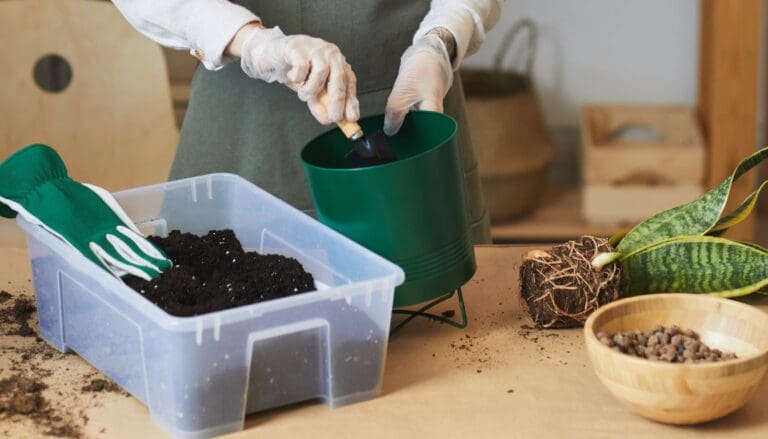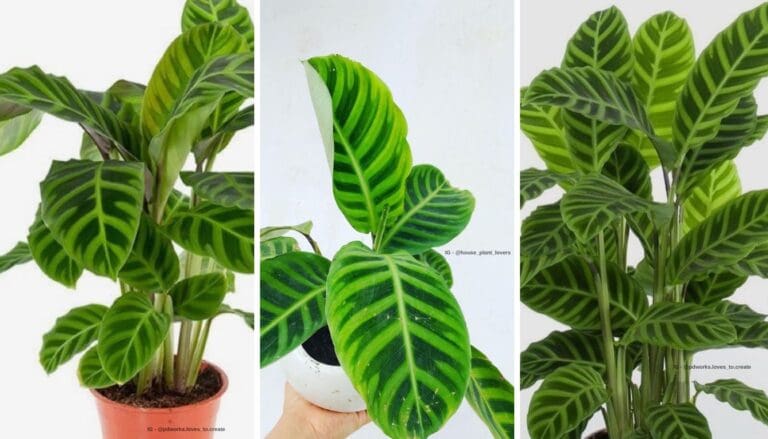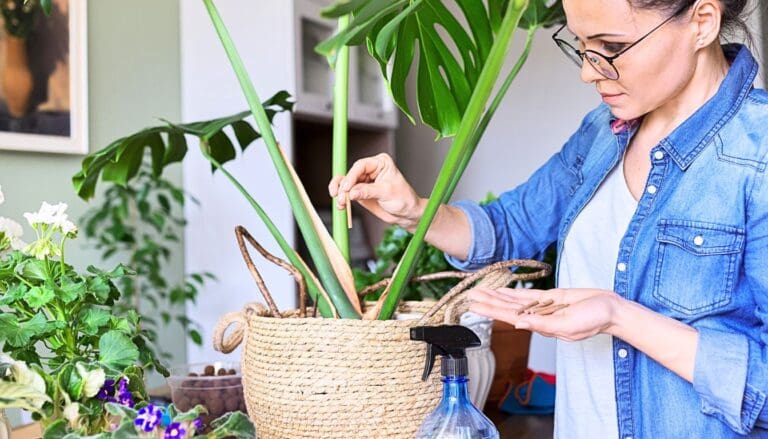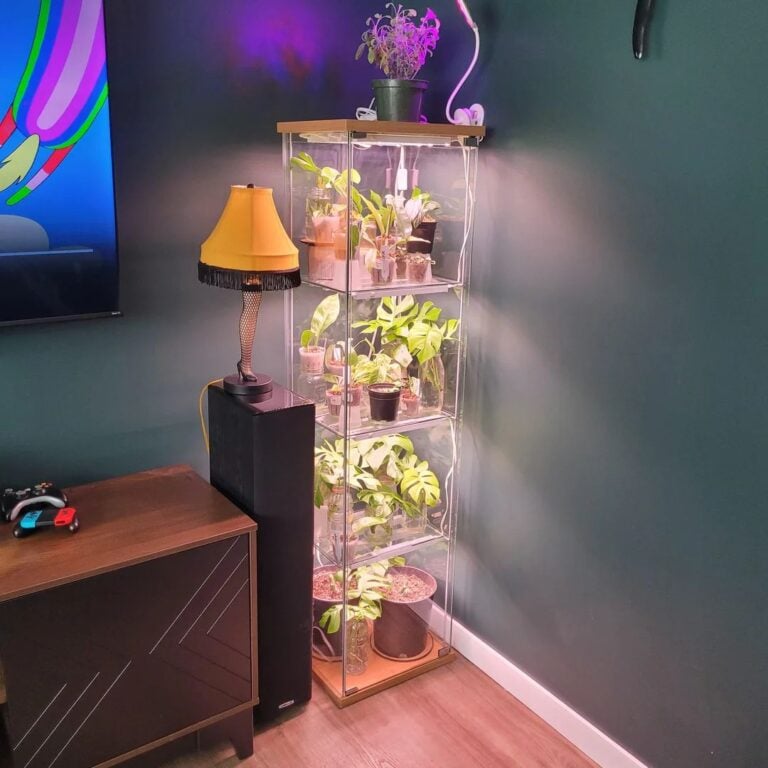6 Quick Fixes for Leaf Burn and Browning Tips
Sometimes, I notice the tips of my plant leaves turning brown or looking a bit burned. It really makes my plants look sickly, and honestly, it bugs me.
A few quick fixes can keep those leaves green and strong. Just taking a couple of simple steps can really turn things around for both my indoor and outdoor plants.
Please note: Simplify Plants is reader-supported. As an Amazon Associate, I earn from qualifying purchases made by our readers with no extra cost added to you all! Some links in the post are affiliate links and I get a commission from purchases made through links in the post.
1) Check soil pH and adjust with lime or sulfur
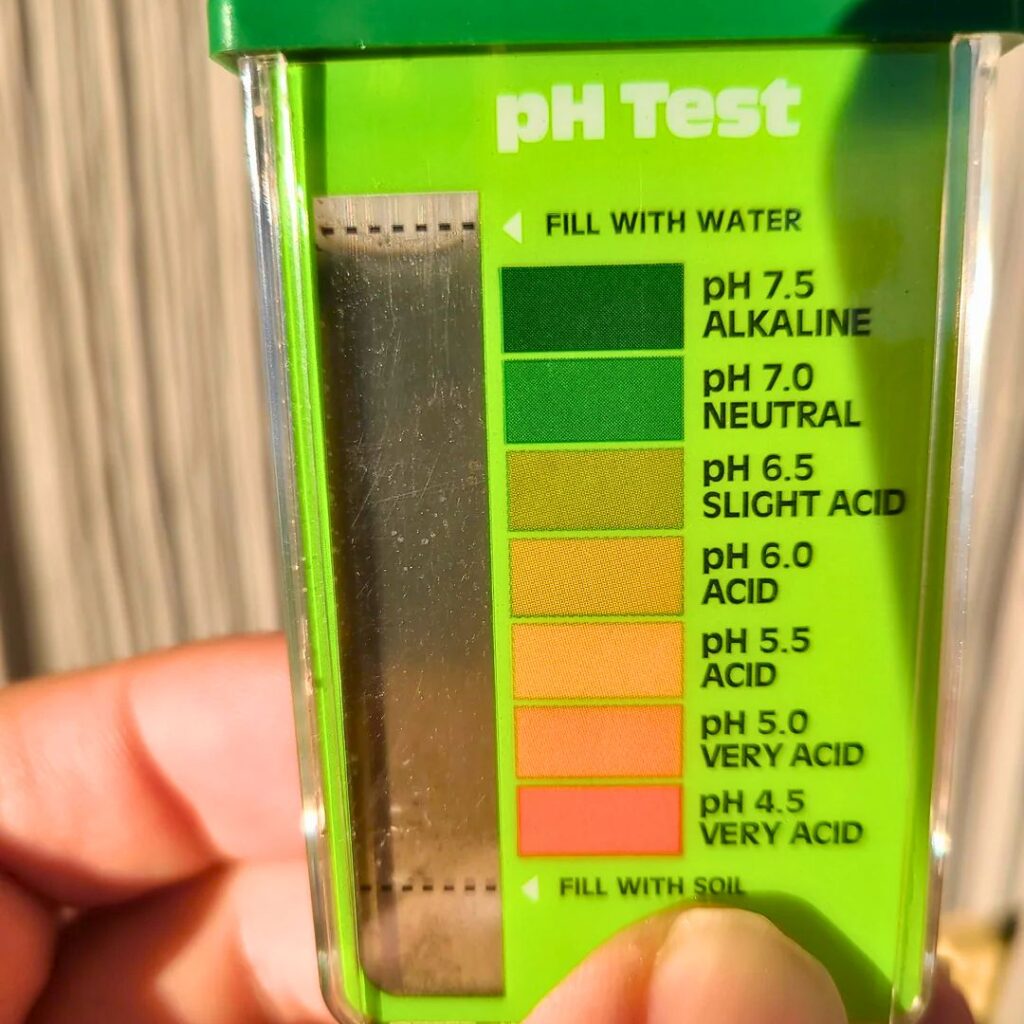
When I spot brown tips or burned leaves, checking the soil pH is my first move. It’s such a simple thing, but it matters more than you might think.
If the pH isn’t right, plants can’t take up nutrients well. I use one of those cheap pH meters from the garden store—just stick it in and see where things stand.
Most of my plants are happiest with a pH between 6.0 and 7.0. If it’s too acidic, I’ll toss on some garden lime to raise it.
If it’s too alkaline, I reach for sulfur granules to bring it back down. I’m careful to follow the directions, though—overdoing it can stress the plants out even more.
After making changes, I give it a couple weeks and check again. Sometimes it takes a little patience for the pH to shift.
Regular pH checks keep me in the loop on soil health. It’s honestly one of my go-to tricks when plants start looking rough.
Getting the pH right just makes everything else easier. Stronger plants, fewer brown tips—can’t really argue with that.
2) Water early in the morning to prevent midday scorch

Watering in the morning has saved my plants from so much leaf burn. If I water before the sun gets intense, they have time to drink up before things heat up.
Watering at midday? Not ideal. The sun dries things out super fast, and the droplets can even magnify sunlight, making burns worse.
Morning watering keeps soil moist and lets leaves dry out before fungus has a chance to show up. I always try to hit the soil directly, not the leaves.
Watering the soil helps roots and keeps the leaves from getting scorched. On hot days, I check the soil early and water if it feels dry.
This little routine keeps my plants looking green and perky, even when it’s blazing outside.
3) Improve drainage by aerating soil around plants

I’ve learned that soggy soil suffocates roots and leads to brown leaves. Fixing drainage isn’t hard, and it really pays off.
I loosen the soil around my plants with a small fork, poking a few holes around the base. This lets air reach the roots and helps water drain instead of pooling up.
I’m careful not to pack the soil down when I water. Sometimes I mix in compost or a bit of sand if the ground feels too dense.
Good drainage keeps roots happy and helps prevent leaf burn. For pots, I always check for drainage holes, and if water pools in the tray, I dump it out.
Even a few minutes spent improving drainage can make my plants look a lot better. If the top’s dry but the bottom’s still wet, I know it’s time to aerate.
Just a little aerating goes a long way. It’s quick and helps me keep my plants thriving.
4) Apply a balanced fertilizer with micronutrients

If I see leaf burn or browning tips, I wonder if my plants are missing something. A balanced fertilizer can be a game changer.
I go for fertilizers with equal parts nitrogen, phosphorus, and potassium. These nutrients help with strong roots, healthy leaves, and flowers.
Micronutrients like iron, zinc, and magnesium are important, too. If there are yellow or brown spots, sometimes it’s a sign those are missing.
I’m careful not to overdo it. Too much fertilizer can actually burn the plant, so I measure and follow the label.
I always water before fertilizing so the roots don’t get shocked. When I see new, green growth, I know it’s working.
Healthy plants are way less likely to get brown tips. This fix is quick and really makes a difference for me.
5) Prune damaged leaves to promote new growth
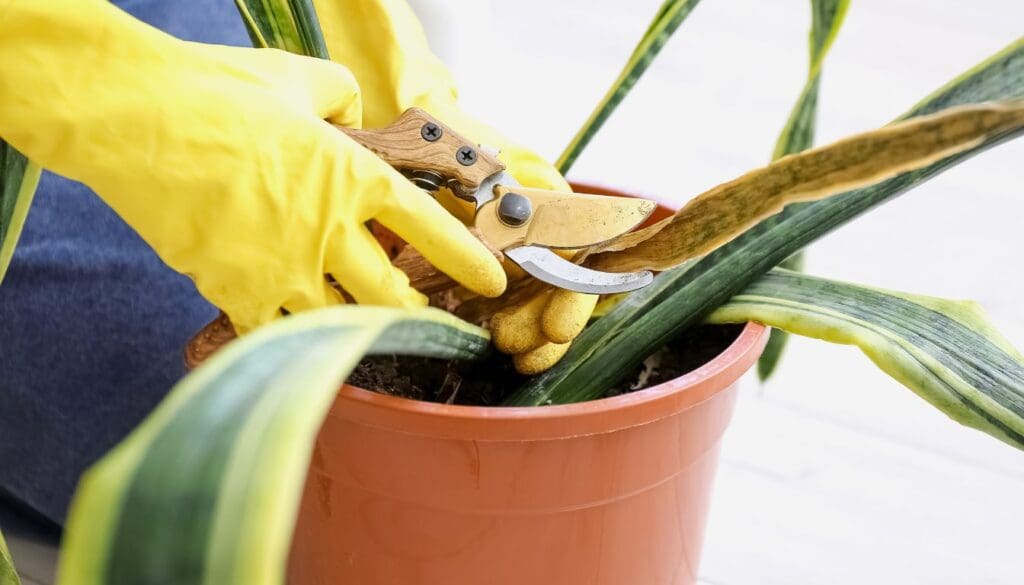
When I spot brown or crispy tips, I grab my scissors and get to work. Trimming off damaged parts helps my plants focus on healthy growth.
I only cut the brown or dead spots, leaving the green behind. If a leaf is totally fried, I’ll just remove it at the base.
Clean scissors are a must—no one wants to spread germs. After pruning, I keep an eye out for fresh growth, which usually looks greener and happier.
I try not to go overboard. Just the worst leaves first, then maybe more in a week or two.
It’s a quick fix, but it makes my plants look neater and healthier. Regular pruning is one of those habits that really pays off.
6) Use shade cloth during intense afternoon sun
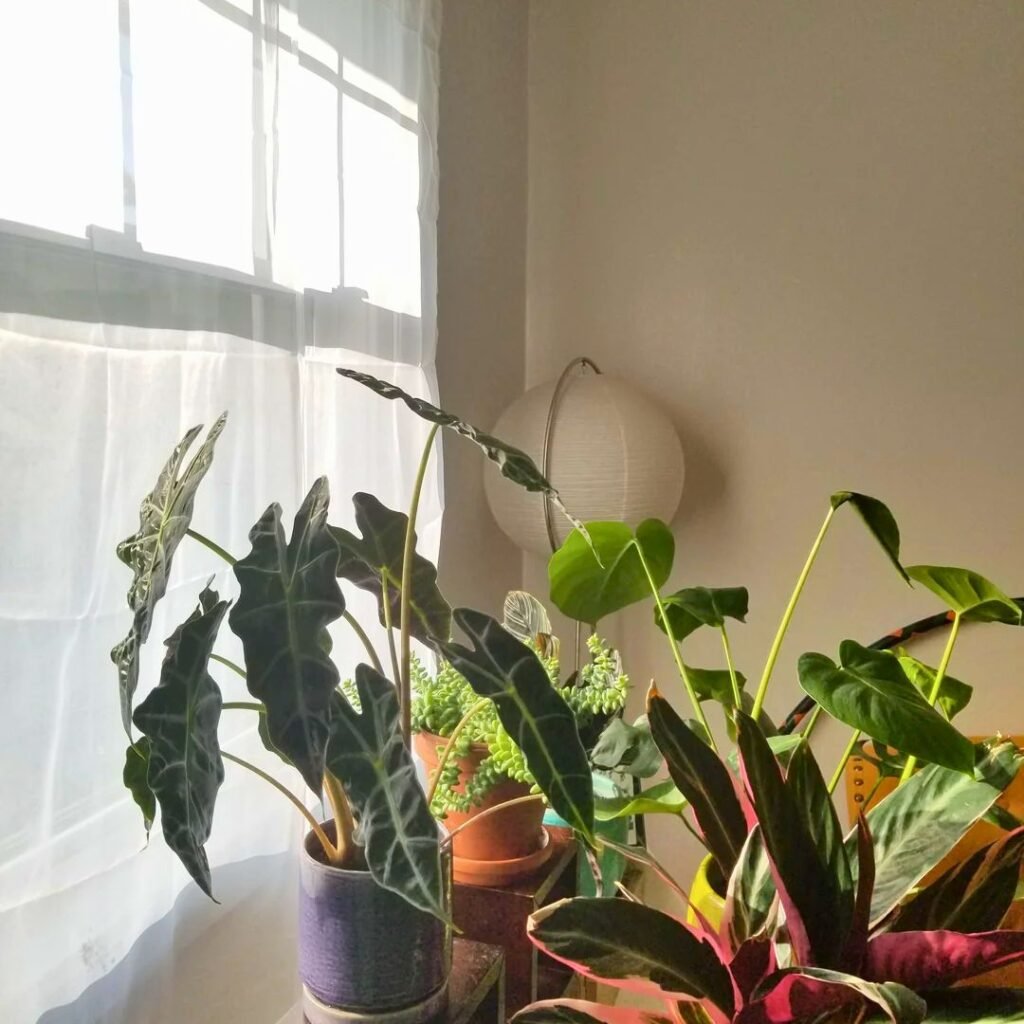
Shade cloth is a lifesaver for protecting my plants from the harsh sun. In the afternoon, things get intense and leaves can burn fast.
I use a shade cloth with 30-50% coverage for most leafy plants. It lets in some light but blocks enough to reduce stress and burning.
I drape it over stakes or a simple frame so air still moves around. In summer, this makes a huge difference—my plants under the cloth always look greener.
I move the cloth as needed to cover the sunniest spots. For container plants, I use a piece I can easily shift around.
It only takes a minute, but it really helps stop browning tips. If you’ve got delicate plants, I can’t recommend this enough.
It’s one of those fixes you can use year after year. I always see less leaf burn when I use shade cloth during the hottest parts of the day.
Understanding Leaf Burn and Browning Tips
Leaf burn and browning tips are signs my plants are struggling. By watching for certain patterns and knowing what causes them, I can catch issues early and help my plants bounce back.
Common Causes and Contributing Factors
I’ve found that leaf burn usually comes down to a few main things:
- Overwatering or underwatering: Both can stress plants and lead to dry, crispy tips.
- Fertilizer buildup: Extra salts from fertilizer can burn the leaf edges.
- Strong sunlight: Direct sun, especially mid-afternoon, can scorch leaves.
- Low humidity: Dry air pulls moisture from leaves, causing browning.
Other stuff like sudden temperature swings or drafty spots can make things worse. Even tap water with lots of chemicals (like chlorine or fluoride) can mess with leaves over time.
Recognizing Early Signs
I keep an eye out for leaf burn before it gets bad. Early signs include:
- Tiny brown tips or edges that slowly get bigger
- Leaves curling or getting crinkly near the tips
- Yellow halos around the brown spots
- Stiff, dry, or brittle leaves
I check both old and new leaves since burn can show up anywhere. Spotting these changes early gives me a chance to fix things before they spiral.
Long-Term Care Strategies

To keep my plants looking good, I focus on small changes that really stick. I pay attention to how I water, light, and feed them so browning tips don’t keep coming back.
Adjusting Watering and Lighting Habits
Watering is tricky—too much or too little and leaves turn brown. I poke the soil with my finger before watering. If the top inch is dry, that’s usually my cue.
I try to stick to a schedule, but I watch how the plants react. Overwatering can rot roots, underwatering dries out tips. I adjust based on the season: less water in winter, more in summer.
Light is another big deal. Most houseplants want bright, indirect sunlight. If the edges turn brown, maybe it’s too much direct sun. I’ll move them back or throw up a sheer curtain if I need to.
Simple watering and light reminders:
- Check the soil first
- Water thoroughly but not constantly
- Cut back on watering in winter
- Keep plants out of harsh midday sun
Soil Health and Nutrient Management
Bad soil can cause all kinds of leaf problems. Every couple of years, I swap out the old soil or add fresh potting mix.
I use well-draining soil so roots don’t stay soggy. I feed my plants with a balanced, slow-release fertilizer about once a month in the growing season.
Too much fertilizer burns roots and tips, so I stick to the directions. If I see pale leaves, slow growth, or brown edges, that’s my cue to check nutrients.
If the soil is packed or stays wet, roots can’t breathe. I make sure pots have drainage holes and sometimes poke the soil with a chopstick to aerate. Regular care keeps roots happy and stops browning tips before they start.
Frequently Asked Questions
Brown and crispy leaves usually mean my plant needs more water, better nutrients, or just a little extra care. Overwatering, nutrient imbalances, and too much sunlight are often the culprits behind leaf color and health problems.
Why are my indoor plant leaves turning brown and crispy?
I’ve noticed that brown, crispy leaves usually pop up when there’s not enough water, the air’s super dry, or the plant’s baking in too much direct sun.
Sometimes, indoor heating or blasting the AC just sucks all the moisture out of the air. Plants can be picky about that.
What can I do to help my plant with brown tips on its leaves?
I try to water my plant regularly (not too much, not too little) and toss in a balanced fertilizer now and then.
Checking the soil pH helps, too—sometimes it’s just a little off and needs a nudge.
Why are my plant leaves turning brown and curling up?
When leaves curl and turn brown, it’s usually a sign my plant’s way too dry or maybe sitting somewhere too hot.
If the soil’s compacted or not draining well, that can stress the poor thing out even more.
Is it necessary to trim off the brown tips of leaf edges?
Yeah, I usually trim the brown tips—it just looks nicer and seems to help new leaves grow in healthier.
I always grab clean scissors and just snip off the crispy bits, nothing fancy.
How can I prevent my money tree leaves from browning at the tips?
I keep my money tree away from cold drafts and harsh sunlight, which honestly makes a big difference.
Watering early in the morning works for me, and I double-check that the soil drains well so the roots don’t get soggy.
What’s causing my outdoor plant leaves to turn brown?
There are a few reasons why your outdoor plant leaves might be turning brown. Sometimes it’s just drought, or maybe the soil’s not great.
Too much fertilizer can also be a culprit, or maybe the ground just doesn’t drain well. Personally, I try to aerate the soil and water early in the day—seems to help keep things looking healthy.
Recommended Garden Supplies
| Product Image | Our Recommended Gardening Supplies | Check Offers! |
|---|---|---|
Top Top
Top
Top
Top
Top
Top
Top
Top | rePotme Houseplant and Tropical Classic Potting Soil Mix | Check Offer On Amazon |
 Top
Top
Top
Top
Top
Top
Top
Top | Espoma Organic Indoor Plant Food | Check Offer On Amazon |
 Top
Top
Top
Top
Top
Top
Top
Top | GooingTop LED Grow Light 6000K Full Spectrum Clip Plant Growing Lamp | Check Offer On Amazon |
 Top
Top
Top
Top
Top
Top
Top
Top | Soil Moisture Meter | Check Offer On Amazon |
 Top
Top
Top
Top
Top
Top
Top
Top | Govee Hygrometer Thermometer, Bluetooth Enabled! | Check Offer On Amazon |
 Top
Top | LEVOIT Humidifiers for Large Room(Best For Plants) | Check Offer On Amazon |
 Top
Top
Top
Top
Top
Top
Top
Top | Upgraded DIY Automatic Drip Irrigation Kit, 15 Potted Houseplants Support | Check Offer On Amazon |
 Top
Top
Top
Top
Top
Top
Top
Top | Stainless Steel Heavy Duty Gardening Tool Set | Check Offer On Amazon |
 Top
Top
Top
Top
Top
Top
Top
Top | Bonide Insecticidal Soap | Check Offer On Amazon |
 Top
Top
Top
Top
Top
Top
Top
Top | Bonide 32 oz Spray Neem Oil for Organic Gardening | Check Offer On Amazon |
 Top
Top
Top
Top
Top
Top
Top
Top | Garden Safe Fungicide | Check Offer On Amazon |



